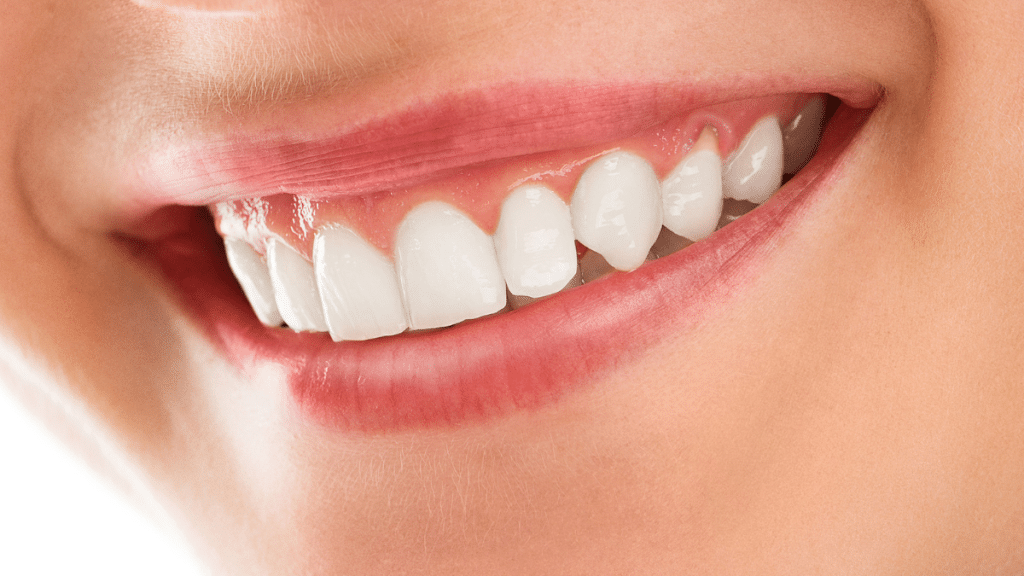The normal protection covering the roots breaks down over time, a phenomenon called Receding gums, which is unnoticeable, but very hazardous to one’s teeth in cases where the roots are covered again with tissues until a lot of damage has occurred. Are you already worried about your gum health and need expert attention? Look for “East Gwillimbury dentist near me” and find out practicing working dental experts who can handle the condition well and manage well. This piece will focus more on receding gums as well as its causes, symptoms, preventive and restorative measures as well as each to guard yourself against getting ones teeth and keeping healthy gums.
Gingival recession, or receding gums, is a problem where the gum is retracted away from the tooth resulting in the exposure of the tooth root. The exposure renders the teeth weak against sensitivity, decays, and even loss of teeth. Causes and symptoms of receding gums are useful for purposes of early diagnosis and treatment.
Factors that Lead to Receding Gums and Why:
There are various reasons why gums may start to recede including:
Periodontal or Gum Disease: – This kind of infection is bacterial in nature and results in inflammation and destruction of gums as well as the bone supporting the teeth.
Forceful Brushing: – When one brushes their gums too vigorously or with a brush that has hard bristles, the gum tissue is typically worn off.
Heredity: – Some people tend to have gum recession cases run in their families.
Neglecting Proper Dental New Practices: If individuals quit brushing or flossing appropriately, it is more likely to get rid of all the plaque and calculus which causes deflation and recession of the gums.
Change in Hormones: – Increased levels of hormones during menstruation/pregnancy/menopause increase the chance of gums receding.
Tobacco Use: – Smoking or feeding on tobacco has been known to cause or worsen gum diseases as well as recession.
Notable Teeth Grinding or Clenching: Bruxism and the pressure of such resources can even damage the gums as such behaviour contributes.
Overlapped Teeth or Malocclusion: Tooth misalignment refers to when teeth are not in their correct occlusion position; this can also cause pressure to the gums which leads to recession.
Symptoms of Receding Gums:
Teeth appear longer,
Sensitive teeth,
Gums that bleed during brushing,
Red and swollen/congested gums,
Foul odor emanating from the mouth,
Roots of teeth seen.
Options for Treatment of Receding Gums:
Depending on the extent and cause of gum recession, its treatment may involve several aspects:
Routine Cleanings: Professional cleaning can help to diminish the gum irritation and also prevent any further recession by eliminating the plaque and tartar deposits.
Scaling And Root Planing: This process is deep cleaning and has been used to enhance plaque cleaning and removal of tartar below the gum line and this, in turn, smoothens the surfaces of the roots which encourages the gums to heal.
Gum Grafts: Gum grafts are done in cases of gum recession which is advanced. The grafting is done using the tissues from another part of the mouth which is healthy or a donor tissue in order to cover the affected root surface.
PST (Pinhole Surgical Technique): This procedure is a rather simple procedure and involves making small holes in the gum to enable the orthodontist to release the gum tissue and also help position it on top of the uncovered roots.
Desensitizing Therapy: Desensitizing toothpaste or topical fluoride may be used in case of high tooth sensitivity due to gum recession.
Teeth Straightening: If gum recession is due to overcrowding or excessive curvature in the mouth associated with improper occlusion orthodontic measures are recommended.
Modification of Habits: Adopting oval toothbrushing techniques, tobacco cessation and alleviation of bruxism are useful in controlling other advancement of gum recession.
How To Avoid Receding Gums:
Keep your mouth clean: Brush your teeth twice a day with a medium-soft brush and floss every day.
Brush care: Avoid common plaque removal habits trying to scrub in excessive pressure and hard tooth brushing can cause gums to recess.
Avoid toxic habits like smoking or even chewing form of tobacco: Such practice actually promotes the likelihood of oral decay which then affects the gum integrity.
Improve bruxism: In case of teeth grinding or clenching, one should have a special occlusal splint fitted to the mouth.
Make dental appointments for checkups and cleanings: Basically, treating any disease as early as possible will prohibit any further gum loss that may result in recession.
Should there be any indication of gums receding, visiting a dentist as soon as possible is the order of the day. It is possible to halt further harm and maintain one’s teeth in such a situation by seeking assistance early.
As a conclusion, as detrimental as receding gums can be, this condition can be controlled if caught and treated early. Simple as it is, knowing the possible causes, signs and available treatments helps one avoid gum problems and keep one’s smile intact. Note that professional help should be sought from experienced dentists as their guidance is of great importance in arriving at a correct diagnosis and treatment.
